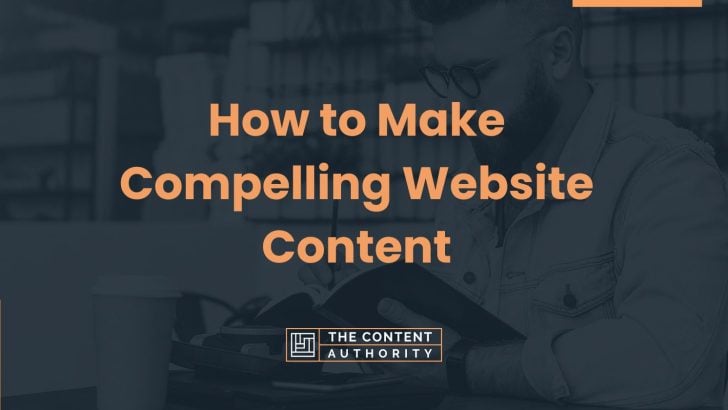For many businesses, content marketing involves writing descriptions and coming up with an effective layout. Underneath the surface, the work is so much more complicated than that. For a website to thrive, it needs to be engaging to both first-time and repeat visitors. To do that goes beyond simply having a website.
Since you will be spending time and money on your online presence, it makes sense to create a website that keeps people engaged and pushes them toward a conversion. It’s only a matter of knowing how to create the right kind of content for the right kind of people. Whether you’re running a business or enhancing your brand, here’s a guide that sums up what it takes to craft great website content:
- Consider your brand identity
When it comes to building a website, everything you add to it should circle back to your brand identity. For this, consider your business goals for both the short term and the long haul. You should also include the overall tone and personality of your brand.
Whether you’re opting for a family-friendly image or one that entices professionals and C-suite execs, setting the tone of your messaging can help streamline the content creation process.
Aside from the visual elements and tone, you should also recognize the importance of creating a compelling brand story on the About Us page of your website. Whether you’re working for another company or developing your own, you should lay down how the business started and where it aims to go. This enables you to connect deeply with your audience and develop your credibility.

- Look for ideas
Once you have a good handle on your brand identity, you will need to look for content ideas that can keep visitors sifting from one page to another within your website. Aside from a regularly updated and optimized blog, you may also need to include features specific to your products or services.
If you’re using your website to convert real estate clients, consider adding a property valuation tool. In case you’re running a restaurant, go for an interactive menu and an easy tool for scheduling reservations. If you’re unsure what to include, consider checking out your closest competitors to see what your website is missing out on.
It also helps if you could use keyword research tools that allow you to discover content ideas based on your website’s core keywords. Doing so enables you to create content that aligns with your brand’s products and services and, at the same time, increases your website’s search visibility.
- Design with functionality and aesthetics in mind
A great website strikes the perfect balance between being useful and being visually compelling. Achieving this not only enhances user experiences as well as visitor engagement but also rewards your website with greater domain authority.
This would be good news for your website’s search visibility, so go beyond templates and opt for a custom layout that fits your brand image well. If you don’t have the time and skills to do just that, it would be better to get expert help from web design agencies like Bizango than rely solely on drag-and-drop web builders.
Additionally, you should also make sure that your website performs seamlessly. Loading times for every page shouldn’t exceed three seconds and the layout should look just as good on the smaller screens of smartphones and tablets.
- Create great and compelling copy
You can’t have a good website if you hardly focus on nurturing visitors and guiding them toward making a purchase. This is where effective copywriting comes in. Visual elements might make your website appear professional, but without text, you could hardly turn first-time visits into conversions.
When writing web copy, make sure the tone aligns with your theme. The text should also be concise, clever, and with a clear value proposition. By keeping to these principles, there’s a better chance that visitors will end up becoming clients.
- Keep track of all the essential metrics
Running a website doesn’t end with publishing content. Along the way, you may find opportunities to improve the overall look and feel of your website as well as errors that affect its performance.
You will need to monitor your website based on the engagement rate, the number of visits it gets, and the bounce rate. These metrics give you a good idea if the site is working as intended.
Be sure to set up monthly targets that will help you focus on what content to optimize, include, or remove. It’s always a good idea to run a site audit every quarter to ensure your website is up-to-date. There’s always room for improvement, so you should be ready at any time to create fresh content or recycle existing ones.
Endnote
Creating great website content isn’t just about words and images. It’s how you organize these words and images into stories highlighting what you are as a brand.

